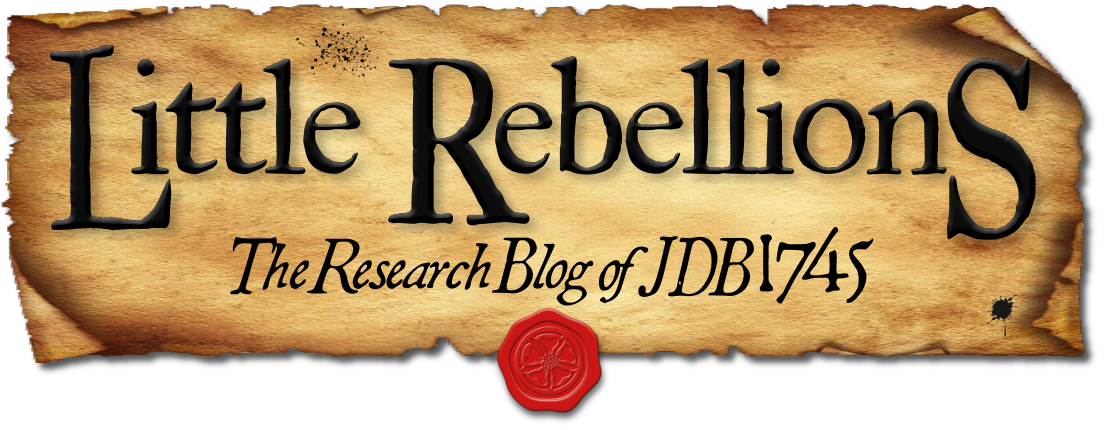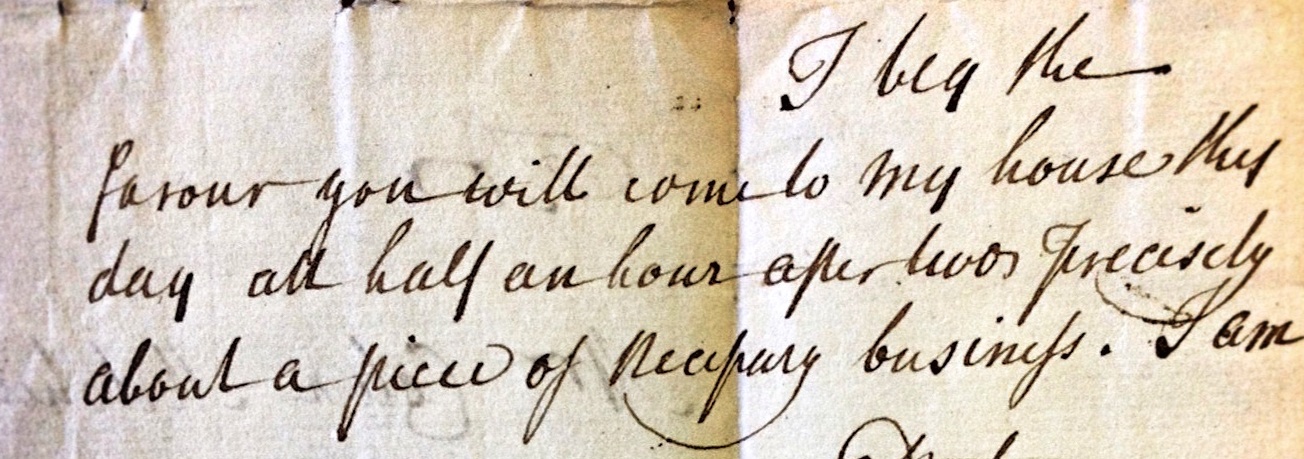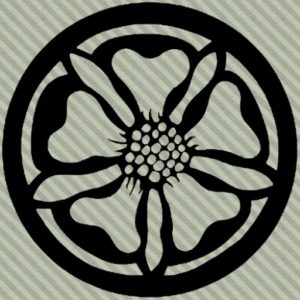One of the benefits of working with a prosopographical database for historical research is being able to find commonalities in large amounts of data hitherto disconnected and, therefore, often unnoticed. A most intriguing example of this within my studies is the discovery that about one-half of the active goldsmiths, or ‘hammermen’, in Edinburgh during and just after the Jacobite Rising of 1745-6 gave evidence against the other half, citing rebellious activities to the government authorities. That the extent of this strange web of blame occurs nowhere else and within no other occupation with such frequency is striking, and while there is no direct evidence yet uncovered that marks this as anything other than a curious coincidence, one gets the feeling that there might be something more to the story.
I beg the
favour you will come to my house this
day att half an hour after two precisely
about a piece of Necessary business. I am
Dr Sir
Yours
Hugh Blair 1
What we do know about Edinburgh at the time of the Forty-five – though it is not often written about – is that the trades were under significant economic duress; a capital town in the midst of civil war, infested with all the mania and fear that comes along with that unstable, tentative state. The Jacobite threat might have been the catalyst for this current round of finger-pointing, but numerous complaints had also been lodged against the stranglehold that the burgh’s incorporated guilds had woven across multiple industries. There was a distinct feeling that there was too much competition and just not enough wealth to support each struggling vendor and craftsperson, not to mention the political influence lobbied upon the administration of Edinburgh by guild heavies. As brazenly illustrated by a ‘friend’ of the protestor Philodinus Scotus:
“I judge Corporations of Tradesmen to be Nuisances to every Community where they are to be found, particularly to the City of Edinburgh; and moreover injurious to the industrious Tradesmen themselves…The City is at present under a vast Load of Debt; every Branch of Trade is overdone, and great Numbers are reduced to Straits, and even to Want itself. The Poor increase daily, and the Poors’ Funds sink a-pace, while the Citizens become daily less able to support them.” 2
It makes sense, then, that the Jacobite menace – Origo Mali to the Presbyterian majority of the burgh – could have been a timely bugbear poised to help thin the ranks of competing merchants. What better way than to disrupt the business of occupational rivals than to publicly accuse them of treasonable activities in the midst of civil war? In a time and place of an uncertain economic and societal future, where Jacobitism was considered by many to be the ‘Source and Spring of all the Evils’ in the world, getting ahead by any means necessary does not seem so far out of bounds. To verify this definitively, more time will need to be spent with the Treasury Board Papers at Kew, whereupon the relevant trial records can be vetted and checked against the pattern of informants to discern if there was, indeed, legitimate proof against the accused. Few of the alleged Jacobite goldsmiths in Edinburgh appear in the lists of prisoners that also describe the fate of the condemned, and even fewer are listed in existing muster rolls. Examination of the records of the Incorporation of Hammermen could also shed some light on whether the lines between guilded practitioners and skilled freemen were drawn in accusatory ink. We know there was friction between factions within the guild itself; setting down a framework of that conflict’s extent will help establish a context of how accusations of Jacobitism were used as leverage, even against those seemingly unconcerned in the rising. With the help of JDB1745, my next article will explore this peculiar lattice of intrigue.
In trawling through the voluminous papers of Edinburgh goldsmith Colin Mitchell’s personal collection at the National Records of Scotland, there is no substantiation that he had any obvious Jacobite leanings – even though he is credited with notable commissions by known rebels. In fact, Mitchell himself gave evidence against one alleged Jacobite: Robert Gordon, an alehouse keeper who also resided in the capital. Though during and well after the last rising, Mitchell appears to have frustrated numerous patrons by ignoring their queries about his long-overdue commissions, he nonetheless appears to have been a prolific craftsman with a broadly positive reputation. The document posted above, then, is likely nothing so nefarious. But stumbling upon such a page, knowing the context of the place and period, conjures all sorts of provocative threads of intrigue on which to follow up.
Darren S. Layne received his PhD from the University of St Andrews and is creator and curator of the Jacobite Database of 1745, a wide-ranging prosopographical study of people concerned in the last rising. His historical interests are focused on the mutable nature of popular Jacobitism and how the movement was expressed through its plebeian adherents. He is a passionate advocate of the digital humanities, data and metadata organization, and Open Access.





